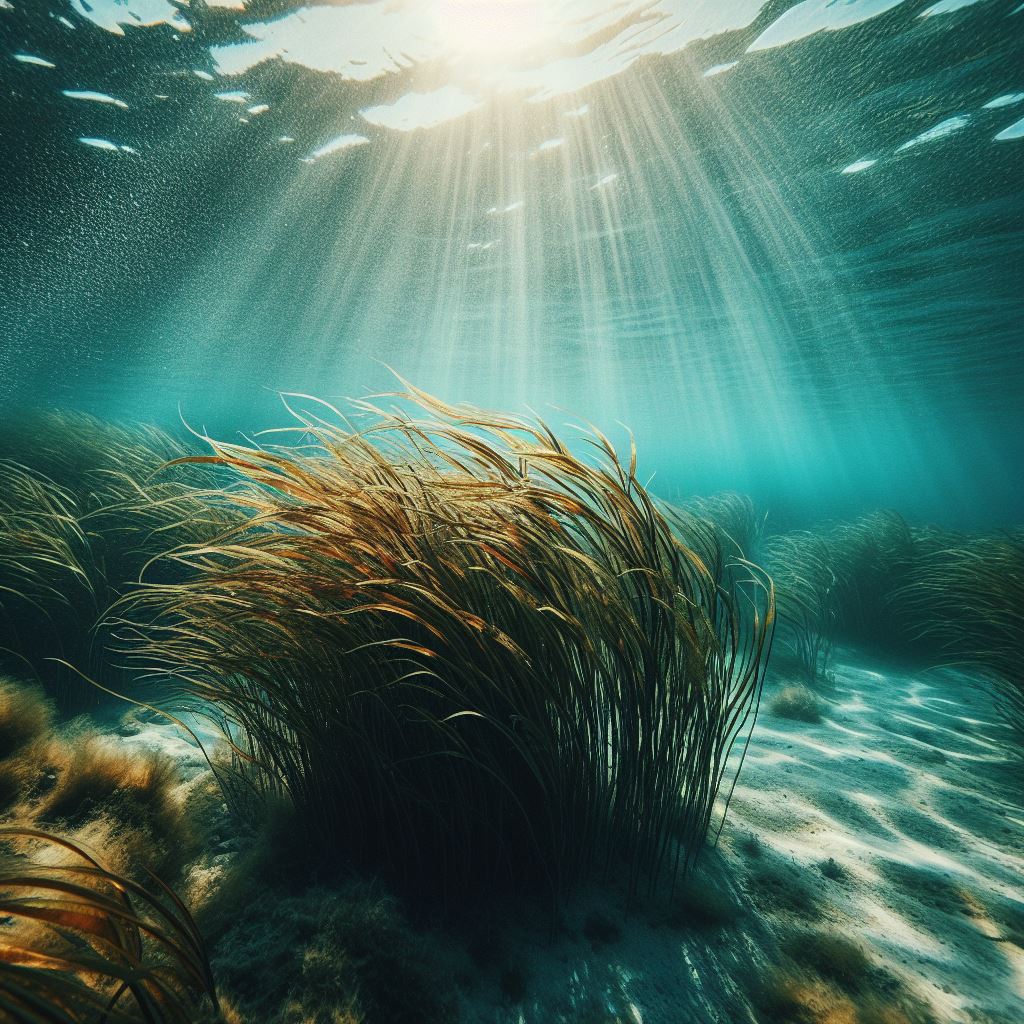Aquaculture and Greenhouse Gases Emission
Article By: Farah Izana Abdullah
Aquaculture, while generally considered more environmentally friendly than some traditional forms of animal agriculture like livestock farming, still contributes to greenhouse gas emissions to some extent. These emissions are primarily related to the energy used in the production process, the use of feed, and waste management. Here's how aquaculture interacts with greenhouse gas emissions:
- **Energy Consumption**: Aquaculture facilities require energy for various purposes, such as maintaining water quality, temperature control, and operating equipment like pumps and aerators. Energy sources like fossil fuels contribute to greenhouse gas emissions, primarily carbon dioxide (CO2).
- **Feed Production**: The production of feed for cultured organisms, especially if it relies heavily on resource-intensive ingredients like fishmeal, can have indirect greenhouse gas emissions associated with land use change, transportation, and processing.
- **Feed Conversion Efficiency**: Efficient feed utilization is crucial to minimizing greenhouse gas emissions. When feed conversion rates are poor, it requires more feed to produce a unit of growth, which indirectly increases emissions associated with feed production.
- **Waste Management**: Organic waste from aquaculture systems, such as uneaten feed and feces, can release greenhouse gases like methane (CH4) and nitrous oxide (N2O) during decomposition. These gases are more potent than CO2 in terms of their global warming potential.
- **Land Use and Water Management**: In some cases, aquaculture operations require land and water resources, which might result in changes to land use patterns or water management practices. These changes can have implications for greenhouse gas emissions.
- **Emission Reduction Strategies**:
- **Improved Efficiency**: Implementing efficient aquaculture practices, such as optimized feeding regimes and water quality management, can reduce energy consumption and emissions.
- **Alternative Feeds**: Using sustainable and alternative feed ingredients with a lower carbon footprint can reduce indirect emissions associated with feed production.
- **Recirculating Aquaculture Systems (RAS)**: RAS minimize water exchange and energy use, resulting in lower emissions compared to traditional open systems.
- **Waste Recycling**: Converting organic waste into valuable products like bioenergy through anaerobic digestion can reduce methane emissions.
- **Carbon Sequestration**: Integrating aquaculture with mangrove restoration or other carbon sequestration initiatives can offset emissions.
- **Certification and Regulations**: Some certification programs, like the Aquaculture Stewardship Council (ASC), include criteria related to environmental impact, including greenhouse gas emissions. Regulatory frameworks in some regions also address emissions from aquaculture.
- **Research and Innovation**: Ongoing research focuses on developing strategies to reduce the carbon footprint of aquaculture through improved technology, feeds, and waste management practices.
In summary, while aquaculture generally has a lower carbon footprint compared to some other forms of animal agriculture, it still contributes to greenhouse gas emissions. Sustainable practices, efficient resource use, and innovation are crucial for minimizing the environmental impact of aquaculture and reducing its contribution to climate change.
Date of Input: 17/08/2023 | Updated: 07/09/2023 | s_humaira
MEDIA SHARING




























